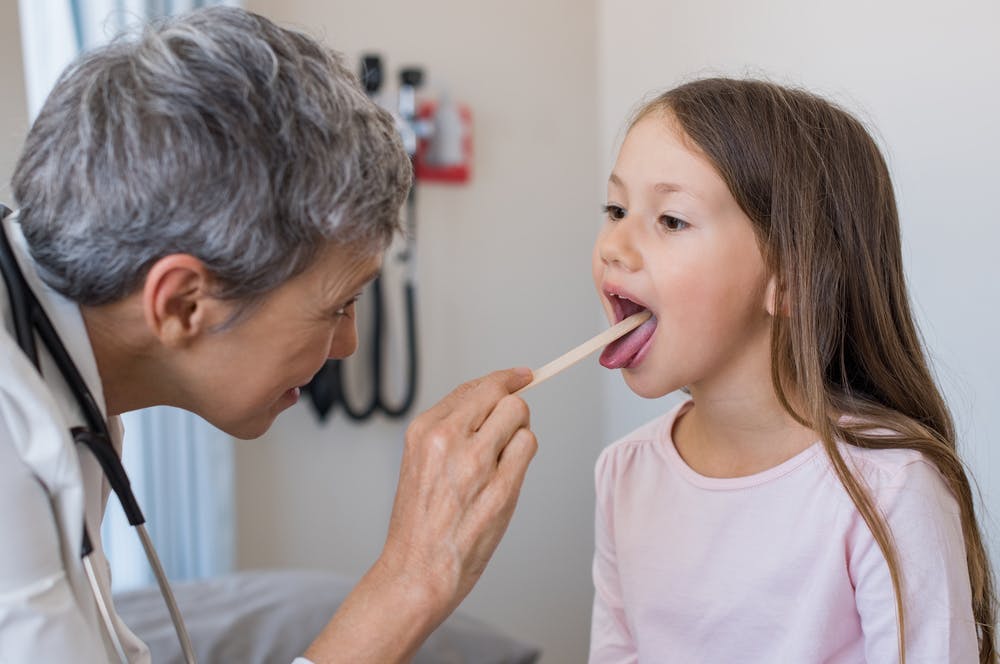Safety Pros and Cons Of Driving Vs. Flying During COVID-19
Written by Sarah Thebarge, Physician Assistant
Many prominent healthcare professionals and organizations, including the Center for Disease Control (CDC), are urging Americans to forego traveling this holiday season due to rapidly rising rates of COVID-19. In fact, there are so many cases of COVID, you have a 1-in-4 chance of contracting the virus in a gathering of 10 people.
That being said, if you must travel for the holidays, it’s important to be well-informed. While many people used to make travel plans based on convenience, time, and cost, this year safety is a top priority for travelers.
If you’re planning to travel, here are the pros and cons of driving versus flying to take into account when making your plans.
PROS OF DRIVING:
You can travel with your own household.
Before we entered the second wave of rising COVID-19 infections, health officials in many developed countries urged people to create a “bubble” -- a small group of people outside of their household they could safely socialize with, given that everyone in the bubble was closely adhering to COVID-19 prevention guidelines.
Now that COVID-19 rates are soaring in many parts of the U.S., health officials now recommend having no unnecessary contact with anyone who doesn’t live with you. In light of this recommendation, driving with housemates or family members is one of the safest travel options because it limits your exposure to anyone who hasn’t been sheltering in place with you.
Your travel plans are more flexible.
Another benefit of driving is that you can more easily change your travel plans if necessary. If you have to wait an extra day or two to get a COVID-19 test result, if you’re not feeling well, if a family member is diagnosed with COVID-19, or if any other unexpected complication arises, driving gives you the option to quickly adapt your travel plans to keep you and everyone around you as safe as possible.
CONS OF DRIVING:
You may encounter people outside of your household.
A long drive often entails stopping for gas, purchasing food, or staying in a hotel overnight. These all involve interactions with people outside of your household and entail contact with hard surfaces other people have touched, including gas pump handles, credit card machines, and hotel room light switches and furniture.
These points of contact can increase your exposure to COVID-19 and increase your risk of contracting the infection.
You’ll have to contend with winter weather and other road hazards.
In addition to COVID-19 considerations, driving comes with its own hazards. In fact, 24% of all traffic accidents happen in winter weather conditions, when roads are covered with snow, ice, and slush. Because 70% of roads in the U.S. are subject to these weather conditions, driving to your destination increases your risk of injury due to a traffic accident.
You’ll be confined in a small space.
Driving with members of your own household is a safe option if everyone is healthy and virus-free. However, vehicles are small, confined spaces with poor ventilation, especially since winter weather and cold temperatures make it difficult to travel with the windows down. So if someone in the car is ill or is an asymptomatic carrier of COVID-19 or another contagious infection, they pose a risk to everyone traveling with them.
PROS OF FLYING:
You’ll get there faster.
If you’re traveling a significant distance, flying can be preferable to driving, since taking a flight to your destination gets you there faster, thereby decreasing the time in which you may be exposed to an infection like COVID-19.
You’ll be breathing filtered air.
Another reason why flying may be safer than driving is that most commercial airplanes are fitted with a HEPA (high-efficiency particulate air) filter, which removes 99% of particles from the cabin air. Because HEPA filters remove most bacterial and viral particles from the air passengers are breathing during their flight, flying may be a safer option than driving.
Your conditions will likely be well-sanitized.
When the COVID-19 pandemic began, most airlines increased their sanitation protocols, taking care to thoroughly disinfect common surfaces like armrests, seatback tables, and lavatories in between flights. While the rate of COVID-19 transmission from contact with hard surfaces is much lower than aerosolized or droplet transmission, it’s still important to note that flying in a well-sanitized aircraft can be safer than driving in some cases.
CONS OF FLYING:
You’ll encounter many people outside of your household.
One of the big downsides to flying is that you’ll encounter hundreds - if not thousands - of people who are not members of your household. Coming in close proximity with check-in counter employees, TSA agents, gate agents, flight attendants, and fellow travelers increases your risk of being exposed to COVID-19 or any other number of contagious infections. While on the plane you’ll likely be within the recommended six feet of space due to the nature of the seating layout.
Your travel plans may be less flexible.
While many U.S. airlines have waived cancellation and change fees during the pandemic, traveling by plane is still less flexible than driving. If you have to change your travel plans at the last minute, you may encounter higher ticket prices, crowded flights or fewer options to get to your destination on time.
You may have to plan around testing guidelines depending on your destination
Many states and countries have increased safety and testing guidelines, especially for non-residents traveling by plane. If you’re planning on flying into a new state or country, ensure you research what you and your family must do to comply. You may need to schedule testing appointments well in advance before and after your flight. It’s important you follow these COVID-19 guidelines, as disciplinary action may take place.
***
We’re open 365 days a year to care for you and your family, and we offer COVID-19 testing.


